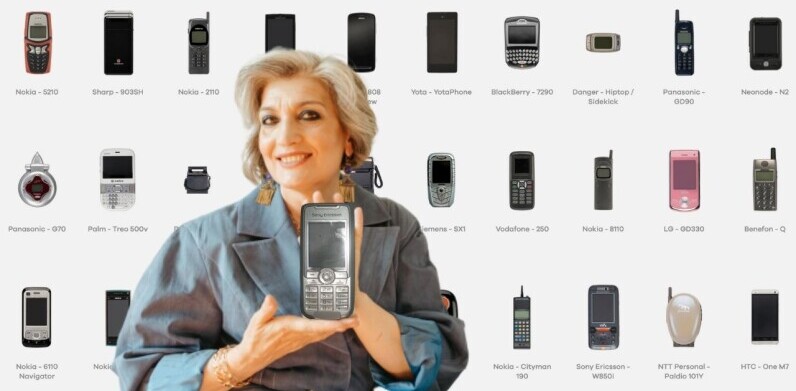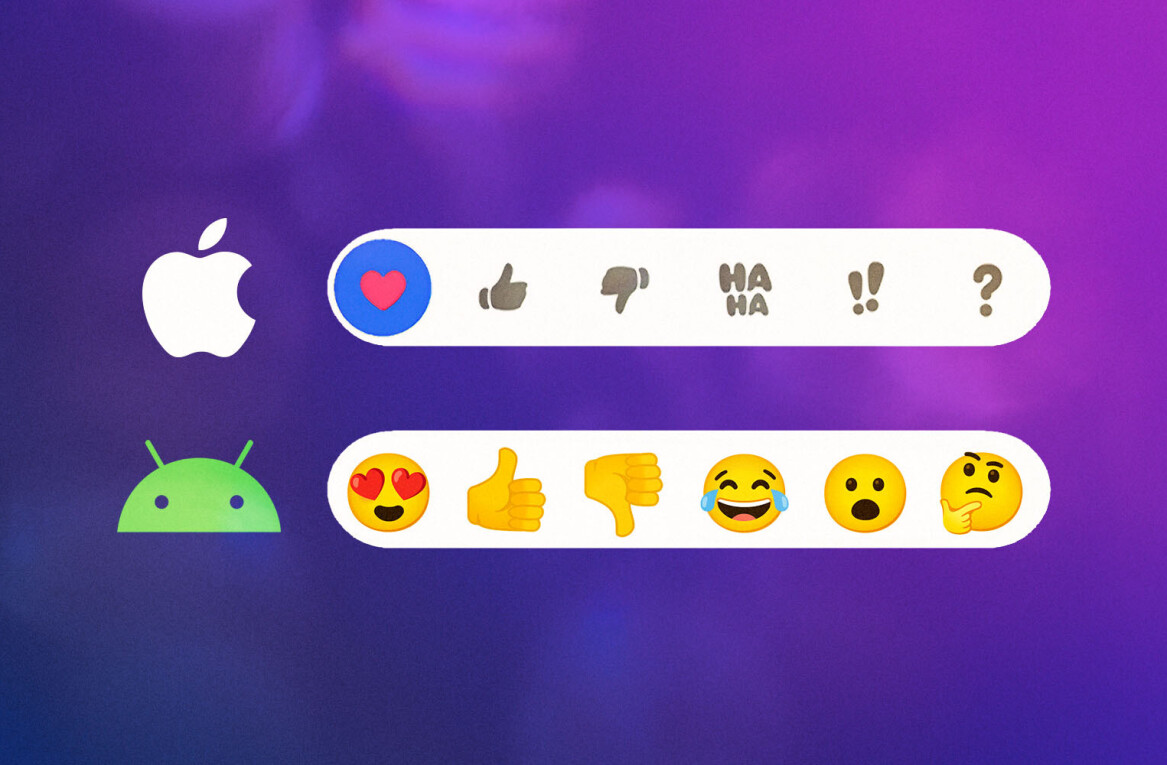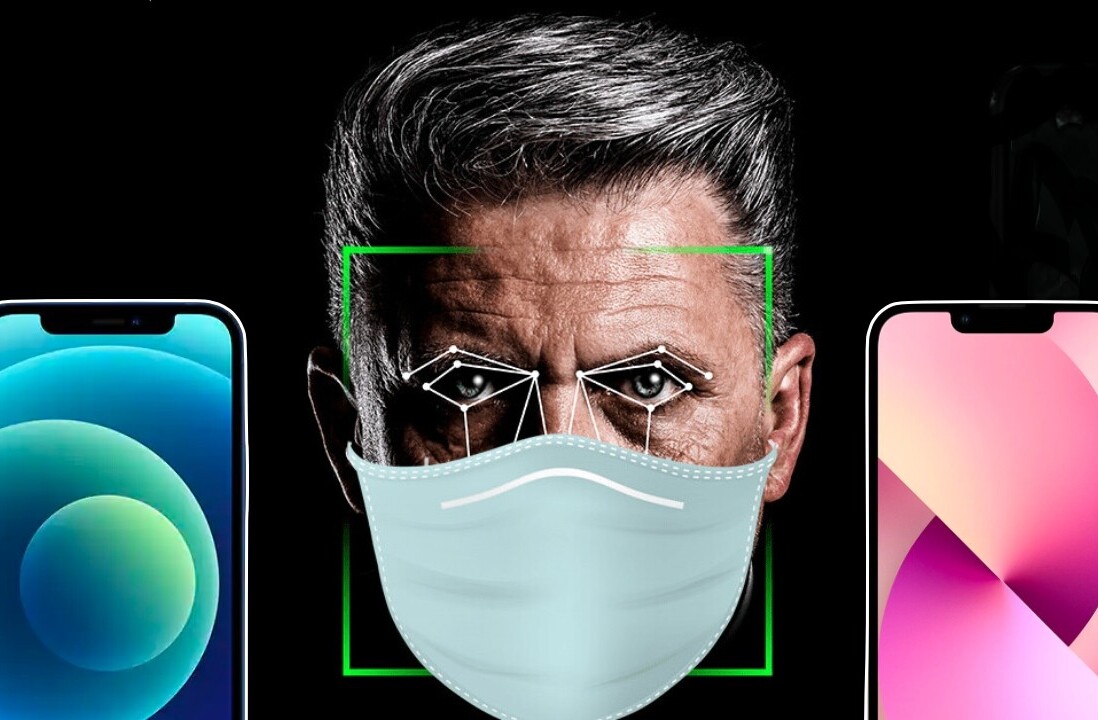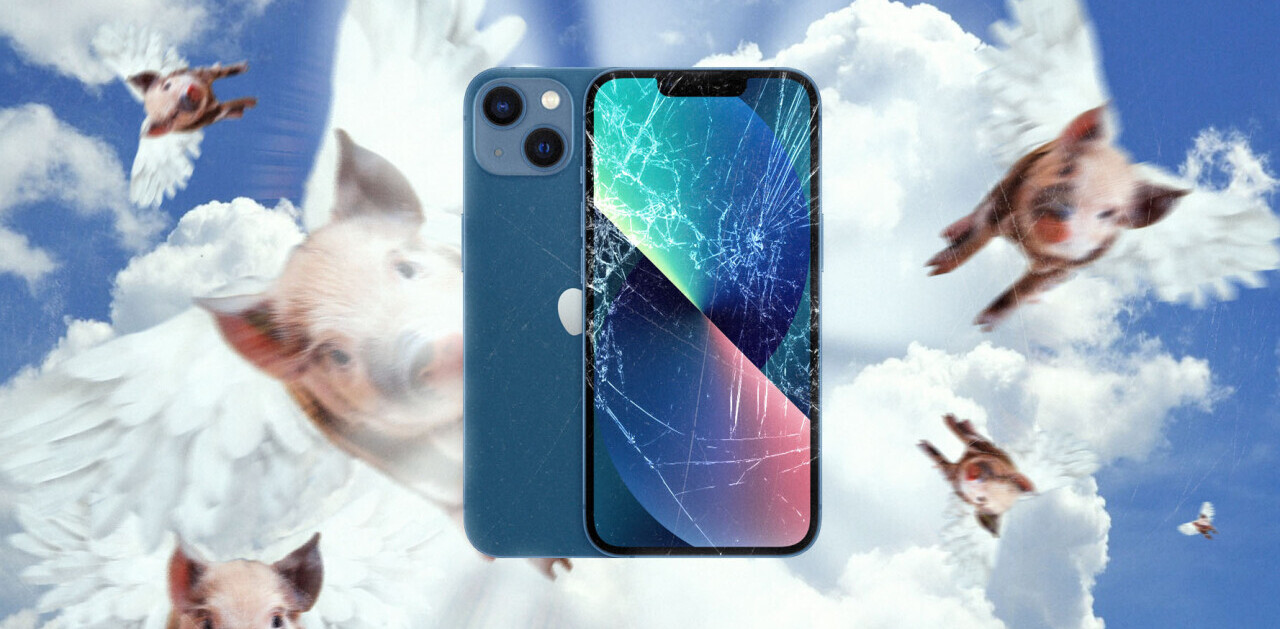
On Instagram’s blog today there’s an article about a couple having their wedding shot with iPhones and processed entirely in Instagram. Having your entire wedding run through the Rise filter sounds like an aesthetic choice you’ll hate in a couple of years, much less your kids and grandkids.
All of those photographs of your parents or grandparents weddings that look all washed out and old-timey look that way because the photographic processes used to develop them were crap. It wasn’t an aesthetic choice, it was a terrible flaw in the fixing process of color chemistry.
The photographer of this wedding, Kim Thomas actually shot the images on the iPhone, not directly via Instagram. She did so with the help of a few accessories like the very cool Glif from Studio Neat and Photojojo’s Canon EOS adapter for iPhone. So the images apparently do exist in an ‘un-Instagramed’ form. Presumably, they can have those reprocessed or printed in other forms if they choose.
But that doesn’t mean that these photographs will be anything like what they could have been. The iPhone 4 and 4S take very, very good pictures for a cell phone, and they make powerful ‘cameras of opportunity’. But there are a host of reasons why they shouldn’t be the only camera that you choose to document an occasion like your wedding, where there normally is plenty of time to prepare.
Not the least of which is that, while these shots look great (she’s obviously a very talented photographer) there is a very good chance that they hold up extremely well on screen, but not quite as well in print — especially at larger sizes.
I’m an enormous advocate of iPhone photography, and I think that it’s incredible just how good the images can look. But it shouldn’t be your only camera, especially not on very important occasions.
Some of the basic reasons why shooting only with iPhones is a bad idea:
- Mass – small and light cameras like the iPhone are mostly fine for shake when they’re mounted, but even then they’re problematic. When hand-held, the lighter weight means that every shake of your hand is transmitted mercilessly to your image. The size and weight of SLRs have the converse effect, dampening down small nerve twitches or finger brushes.
- Photoreceptor size – the size of the capture elements on the iPhone’s CCD are quite small, leading to light falloff at the edges of the frame as well as incredible susceptibility to ‘camera shake’ or ‘blur’.
- Dynamic range – the dynamic range of the sensors in iPhones pales in comparison to those in even low-end DSLRs like the Canon Rebels. The sensors see further into the light and dark areas of your image, regardless of whether or not you shoot RAW, which extends your choices significantly.
- Color gamut – the sensors of an SLR or high-end compact 4/3 camera also excel massively when it comes to the color they can reproduce. This is related to dynamic range, but instead of lights and darks it’s how far into the red or blue or whatever spectrum it can recognize and reproduce accurately. If you’ve ever shot an image of a bright red or purple object with any Bayer array (the kind found in any of the cameras you own) sensor, you’ve probably noticed that the colors will block up or ‘go solid’ quickly. This problem is related to the fact that it contains twice as many green receptors as others, but it also relates to the quality of the sensor. Images taken of a bright red flower with a DSLR and an iPhone in identical fantastic lighting will look massively better and more accurate on the larger sensor.
- Light sensitivity – the light gathering capabilities of the tiny photo receptors of the iPhone’s sensor are also paltry compared to any SLR. And, unlike an SLR, you can’t choose not to have the iPhone’s image processor amp up the gain to get you a better exposure in low light, there’s always some mucking about going on and it results in grainer images in any light, but especially poor light.
- Depth of focus – sometimes known as depth of field, this is one of the biggest visual tells that trick our brain into thinking ‘portrait’. The ability to separate a subject from their background can be controlled to a degree by the aperture, which many iPhone camera apps let you access. But, and this is a huge but, aperture means next to nothing on an iPhone when it comes to depth of focus. The microscopic distance from the objective lens to the sensor in the iPhone means that you always get a hyper-deep field of focus. Everything is relatively sharp, from the focused foreground all the way to the deep background where someone is standing and picking their nose or what have you. In some extreme cases, like macro, you can get this look on an iPhone — as well as accessories like the Photojojo mount can help — but this just isn’t something you can force to happen. That’s why Instagram includes the super hokey and nasty looking ’tilt/shift’ blur, to fake the kind of selective focus that makes portraits look like, well…portraits.
Any images that I shoot on vacations, of my daughter or any other subject, all get imported into my Lightroom library. This includes stuff shot with my Canon DSLRs or any one of my point-and-shoots and even my iPhone photographs. This gives me the ability to compare them side-by-side as I flip through them by capture date, some of them even in the same setting, taken minutes apart on the iPhone and one of my other cameras. The iPhone images simply do not compare, no matter how carefully shot they are.
To be clear: many images shot on my iPhone are among the most precious to me out of any I’ve taken, because I had it with me when I needed it. And I love Instagram, though I do turn the option on to save the original image as well. But that’s not the argument here. If you’re going to be getting married, there’s a good chance you’ve got some time to think about it.

I was a professional photographer shooting weddings, among other things, for 13 years. I’ve captured people’s memories with all kinds of equipment from 40 year old 35MM SLRs to 4×5 large format cameras to the best digital equipment money can buy. I can tell you unequivocally that photographic talent matters more than equipment, period.
In fact, I encourage anyone who does any type of photography to use any and all cameras at their disposal to experiment, including iPhones. And if all you have is an iPhone, your situation could be a lot worse because it’s one of the best all-around camera phones anywhere.
But if you have the ability to ensure that your memories are captured by skilled individuals with access to other cameras besides iPhones, I’d recommend that they do that instead. By all means, capture images with your phones alongside, or have the photographers do so and combine them together.
Unless it is your only option, however, please don’t shoot all of your wedding images on an iPhone alone. At least not until their image quality is greatly improved in the ways that count. And please, please don’t shoot them all with Instagram.
You can view more of the well staged and composed images of the wedding on Thomas’ blog here.
Get the TNW newsletter
Get the most important tech news in your inbox each week.







